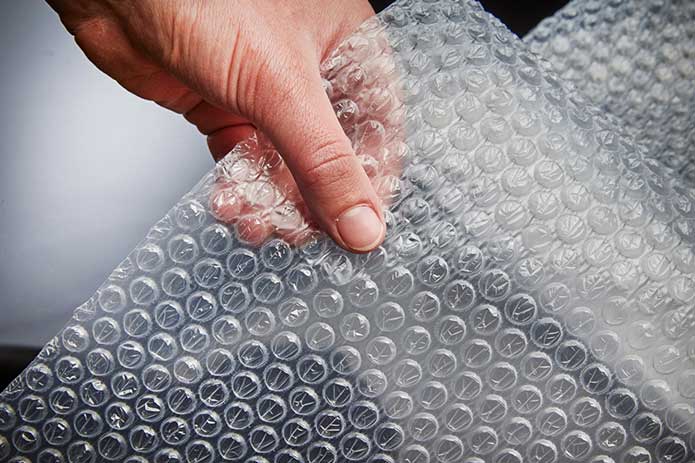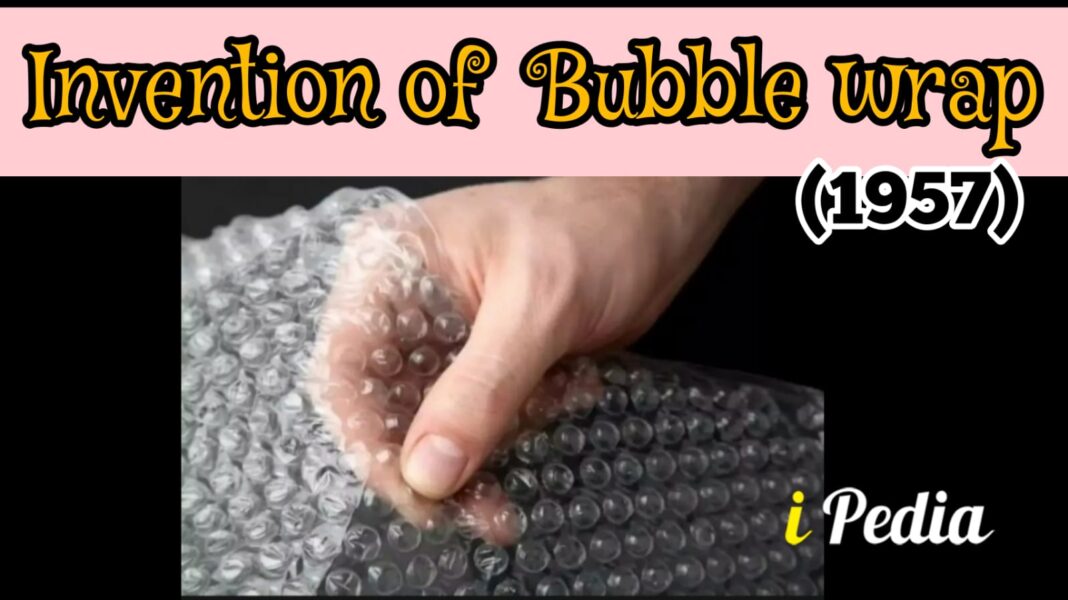Most people are aware of the usefulness of Bubble Wrap” for packaging china, glass, and other precious items to prevent them from breaking. However, what is not quite so well-known is that this versatile polythene packaging was originally intended as a unique type of wall decoration,
In 1957, U.S. engineer Alfred Fielding and Swiss inventor Marc Chavannes were trying to produce a textured plastic wallpaper that would be easy to clean. Their early designs did not work, but thinking quickly they transformed their accidental product into a new kind of packaging. On the basis of this new invention, they then founded Sealed Air, a global corporation that now turns over $4 billion a year. Not bad for an invention based on thin air. Sealed Air’s Bubble Wrap” is superior to other cellular polythene packaging because it has a barrier layer giving extra protection.

During the manufacturing process, a sheet of polythene is wrapped tightly around the outside of a drum that has a regular arrangement of holes in it. Suction draws the film through the holes to create the bubbles, which become fixed when a second sheet is added to trap the air. The result, of course, is a lightweight, flexible packaging that also makes satisfying pops when you stamp on it.
In 2007, Sealed Air held a competition for young inventors to create products made out of Bubble Wrap”. As a result of the resourcefulness of thousands of school children, there are now plenty of new applications for bubble wrap-as well as a few old. The winner created a bubbly blue wallpaper intended to engage children with autism.
Also Read – It took 4 years to create OREO design



